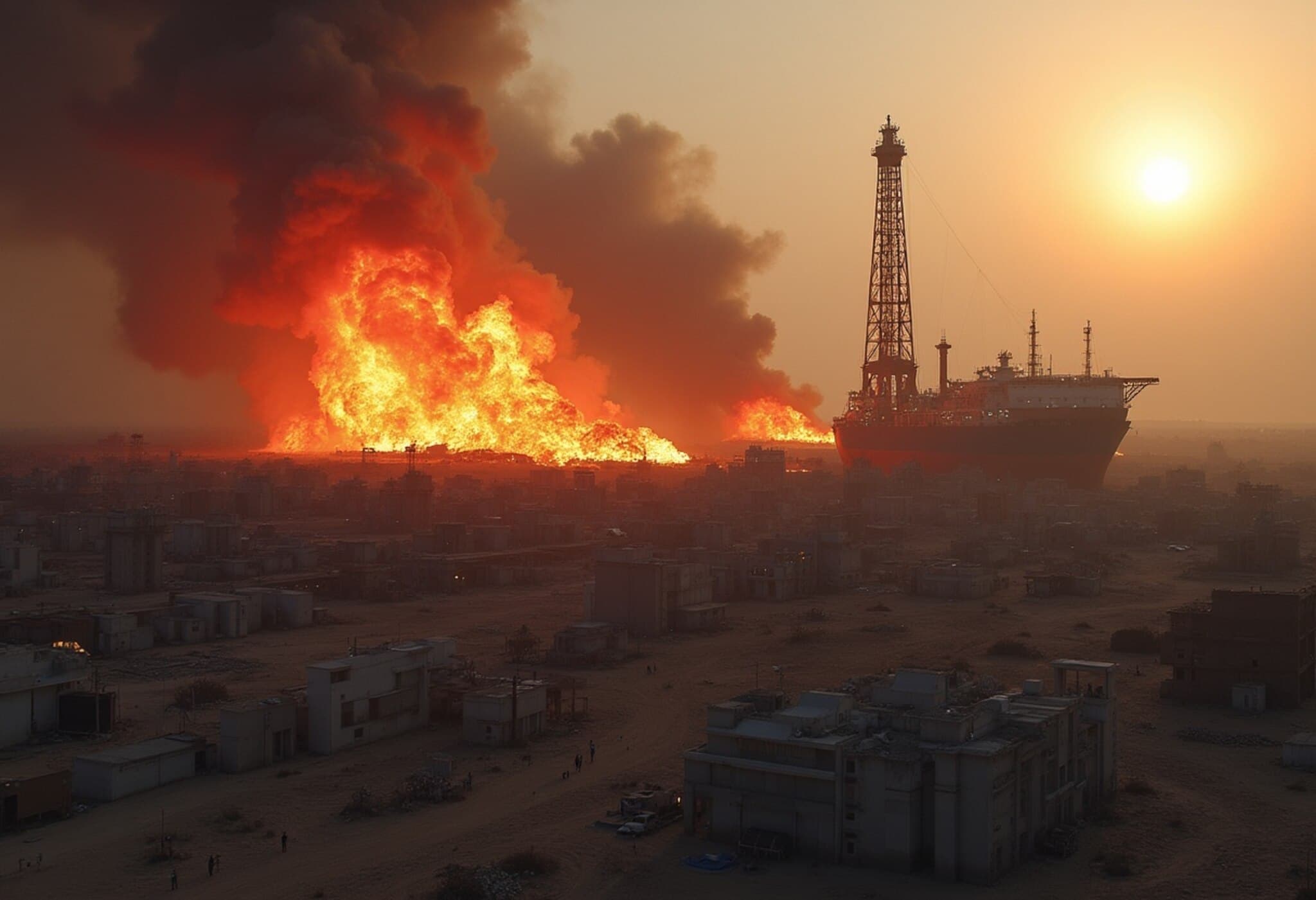Oil Prices Dip Amid Signs of Iran-Israel Ceasefire
Oil prices retreated sharply on Tuesday, shedding nearly 3%, after news of a tentative ceasefire between Iran and Israel helped soothe fears over supply disruptions and potential shipping blockades in a geopolitically sensitive region.
Market Overview: Brent and WTI Decline
The August Brent crude contract traded at $69.13 per barrel by mid-morning London time, marking a decline of 3.29% from the previous session. Meanwhile, West Texas Intermediate (WTI) oil, front-month for August delivery, dropped 3.3% to $66.25 per barrel following a strong rally in early June tied to escalating tensions.
From Conflict to Calm: What Shifted the Market?
The oil market had surged nearly 10% since mid-June as hostilities intensified with Iran and Israel clashing, compounded recently by the United States' military involvement and Iran's retaliatory strike on a U.S. base in Qatar. However, the overnight announcement of a ceasefire—albeit tentative—prompted a swift reversal in sentiment. Yet, uncertainties linger, particularly concerning Iran's nuclear ambitions, which remain at the heart of the conflict.
Supply Concerns Throughout the Crisis
Iran, producing 3.3 million barrels per day as reported in the latest OPEC monthly market analysis, was at the center of supply worries. The broader Middle East region also carried risk of disruption if the confrontation expanded. Investors closely monitored the possibility that Iran might close the Strait of Hormuz—a critical chokepoint connecting the Persian Gulf to the Gulf of Oman, through which a significant portion of the world's oil passes.
The Strait of Hormuz: A Lingering Threat
Late Sunday, Iran’s parliament reportedly approved a measure to close the Strait of Hormuz, though final authority rests with its national security council. Closure of this narrow passage would severely restrict global crude flows, affecting crude exporters like Saudi Arabia, the UAE, Iraq, Kuwait, and Bahrain. Barclays analysts warned that such a shutdown could catapult oil prices past $100 per barrel due to limited alternative routes and tightened spare capacity availability.
Still, with the ceasefire announcement, the analysts noted falling price pressure since the feared regional escalation did not materialize, even with recent U.S. strikes on Iranian nuclear sites.
Efforts to Mitigate Supply Risks
In response to such uncertainties, the International Energy Agency (IEA) has highlighted its strategic reserves holding 1.2 billion barrels of emergency stocks. Meanwhile, several OPEC+ producers have been incrementally increasing output, maintaining spare capacity that could be deployed if needed to stabilize markets.
Looking Ahead
While the ceasefire eases immediate pressure on oil supply and prices, geopolitical tensions in the Middle East remain a critical watchpoint for the energy sector. Market participants will continue to track diplomatic developments and Iran’s nuclear dealings closely, as these factors will profoundly influence the near-term stability of global oil markets.



















